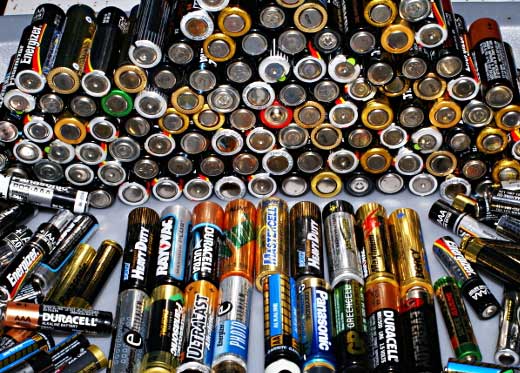A few years ago I wrote this article, which told you that the problem with literally everything is the battery. Since then, things have gotten a bit better. Apple and Samsung have worked on power management and made their phones bigger. This has meant full-day battery life, at least when the phones are new. We’re seeing new electric cars with better power management. This means 300 miles on a charge is getting more and more common. But let’s face facts. Battery tech hasn’t changed in a long time. And I have no reason to think it will.
The biggest problem with batteries
The biggest problem with batteries is energy density. This is a measure of how much energy you can store in a certain space. There have been improvements, to be sure. But, it’s slow going. The best batteries can store about 25% more energy in the same amount of space, thanks to better thermal management and better manufacturing. But that’s nowhere near enough. To get the power we want, we need to have a 10:1 improvement. In other words, be able to store ten times as much energy in the same space.
In order to do this, we would need new chemical solutions that are able to hold all that power safely. They’re not coming quickly and that’s the problem. One of the biggest hopes was that we could get solid state batteries that increased energy density that much, but you don’t hear about that tech a lot. I’m guessing it never took off.
And then there’s….
Then there is charging speed. There have been some improvements here. By using thermal management and other tricks, electric car batteries can now charge to about 75% capacity in under 30 minutes. This takes a lot of power, but it does work. It’s still not as fast as hooking up a gas pump but it’s reasonable.
When it comes to smaller devices though, we’ve hit a brick wall. You can pump a bunch of current into a phone, but if you pump too much, the phone will just catch fire. No one wants that. So we’re stuck at charging pretty slowly. The fastest chargers will do the same as an electric car… 75% capacity in 30 minutes. But, the amount of energy transferred is a lot less. It should be possible to charge a battery in 2 minutes. The problem is that to do that you either need stable compounds (which haven’t been invented) or thermal management (which takes up a lot of space.) So there’s not a great way to do that yet.
Because…
it’s getting to the point where it’s not only a global crisis, it’s also annoying as heck. Just in my home office, I have two laptops and an iPad which are functionally useless without being plugged in. None is more than five years old. The batteries can’t be replaced and they are dead as doornails. At some point I’ll need to recycle them, meaning I’ve lost the money I’ve put into them and will have to spend more money to replace the whole part, not just the battery.
Is there hope?
There is hope. While it doesn’t look like there’s a lot changing in the world of batteries, the rest of the tech world is evolving. Manufacturers work hard to keep processors power-efficient. There’s been some work on transparent solar cells, which could allow for your phone’s screen to also be part of its charging system. At least at this point we are all aware of the problem, but the solution can’t come fast enough.





